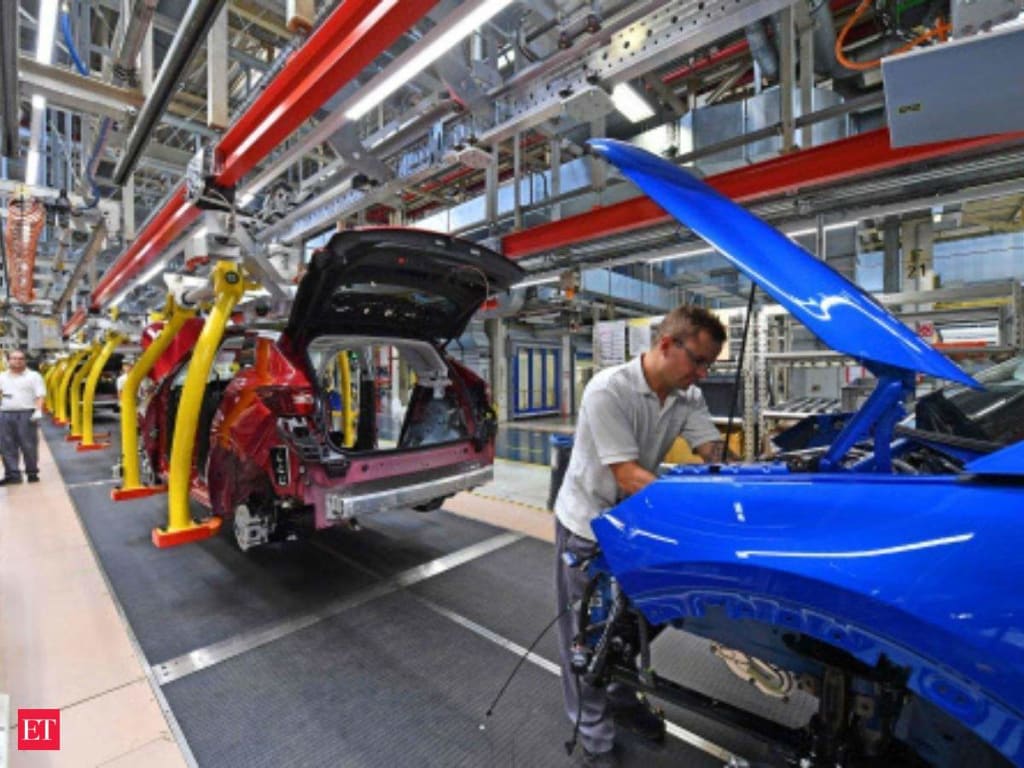
India became the fourth largest automobile market in the year 2019 surpassing Germany and is expected to beat the Japanese auto market in the year 2021. It will also make India the world’s third largest automobile sector. For India, the auto sector is highly crucial as it contributes 49 percent to the manufacturing Gross Domestic Product (GDP) and 7.5% to the overall GDP.
Indian auto sector is divided into segments named two-wheelers, three-wheelers, passenger vehicles, and last but not the least commercial vehicles. India is the largest two-wheeler manufacturing nation and for the commercial vehicle, stands at the seventh rank in the world. Indian auto sector also employs a whopping 32 million individuals.
A Rough Beginning of 2020
With a lack of consumer spending, more private investments, weak monsoon season, and the imposition of BS-VI norms, the year 2020 started weak for the auto sector. As per the data of the Society of Indian Automobile Manufacturers (SIAM), for the financial year 2019-20, the Indian auto sector witnessed a drop of around 18 percent in domestic sales. It also led to a fall in the passenger vehicle, commercial vehicle, and two-wheelers respectively by 18 percent, 28.75 percent, and 9.19 percent.
And as if this was not enough, COVID-19 lockdown hit the soft spot and led to a plunge in the manufacturing and selling statistics further. Compared to March 2019, in March 2020 the overall auto sales slumped by 45 percent. Also, the sales of passenger vehicles, commercial vehicles, two-wheelers, and three-wheelers declined by 50 percent, 88 percent, 40 percent, and 60 percent respectively. The big passenger vehicle manufacturers like Tata Motors, Mahindra, Volkswagen, Honda, Skoda, Ford, and Honda got the major setbacks. The COVID-19 Pandemic and the Auto Sector Transformation
A lot has changed after the world has been affected by the Coronavirus. For the auto sector, the COVID-19 pandemic has driven an end to end transformation. It has changed the way people prefer buying a vehicle. With safety and social distancing in priority, consumers prefer to avoid visiting a showroom to buy a vehicle and that has led to the rapid adoption of digitization and contactless vehicle buying experience.
With the changed consumer preference, even auto manufacturers are transforming their way of business. It will also lead to the adoption of omnichannel retail at a larger level. The omnichannel approach will let consumers have a wonderful experience of a combined online and brick-and-mortar environment. As per the Changing Retail Strategy & Consumer Connect - Auto Industry Road Map by Frost & Sullivan, “less than 50 percent of car dealers globally can fulfill a complete customer journey, from purchase to delivery, online.” But with the transformation that the pandemic has brought, digitization would grow leaps and bounds in this conventional touch and feel industry. It also means that in the near future, you would no longer need to physically visit a showroom, and the doorstep delivery of vehicles would be a new norm.
What Lies Ahead?After the downturn of the pandemic, the auto sector is gradually stepping up. The revival of the automobile sector, especially the passenger cars was led by the segment of the used cars.
With the festive season discounts and government support of auto loan interest below 8 percent, the demand curve for auto has been northwards. As per the data of The Federation of Automobile Dealers Associations (FADA), vehicle registration in October month stood at 14,13,549, which increased to 18,27,990 in the month of November.
Indian auto sector is a gigantic U.S. $100 billion industry, and with the gradual increase in demand and economy trying to pace its growth back, we can expect the automobile sector to rise back to a positive level soon





Comments
There are no comments for this story
Be the first to respond and start the conversation.